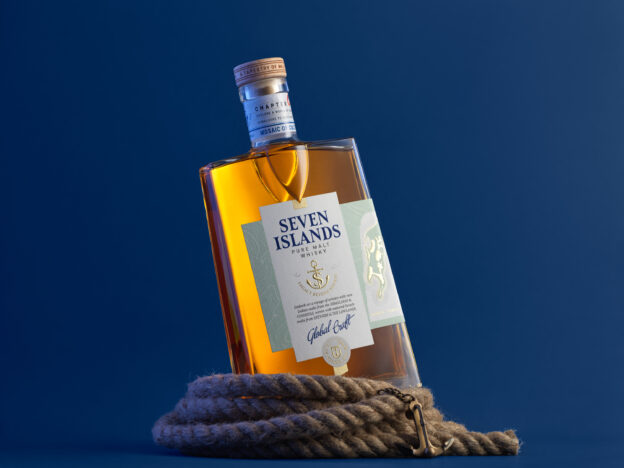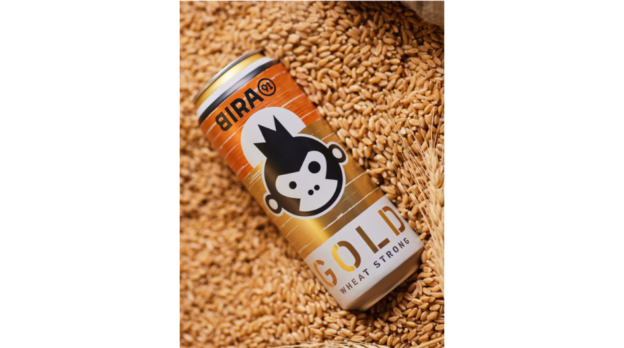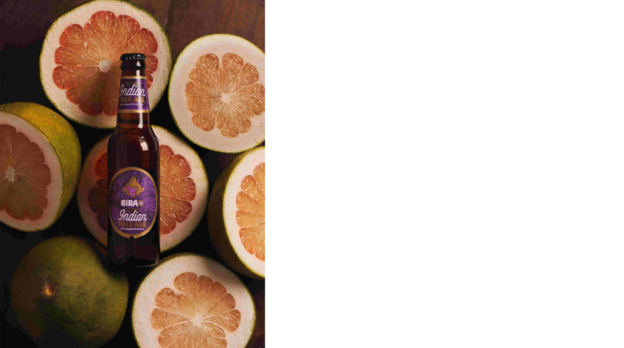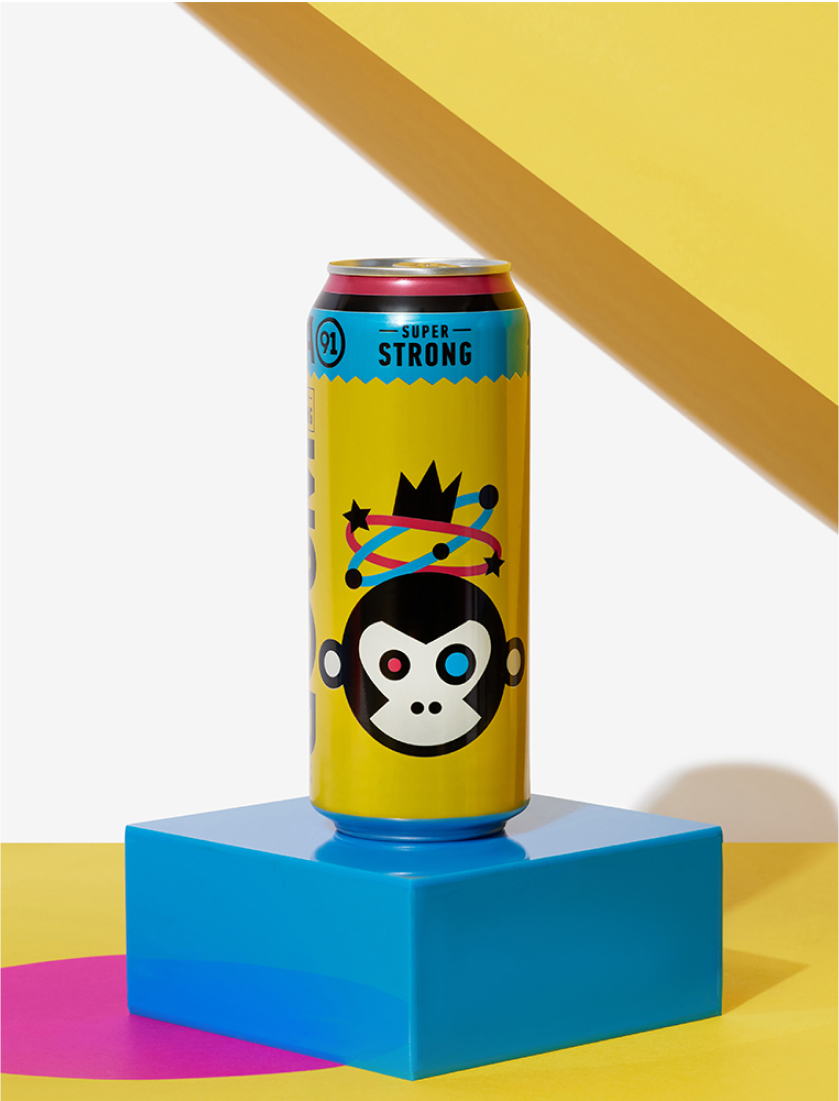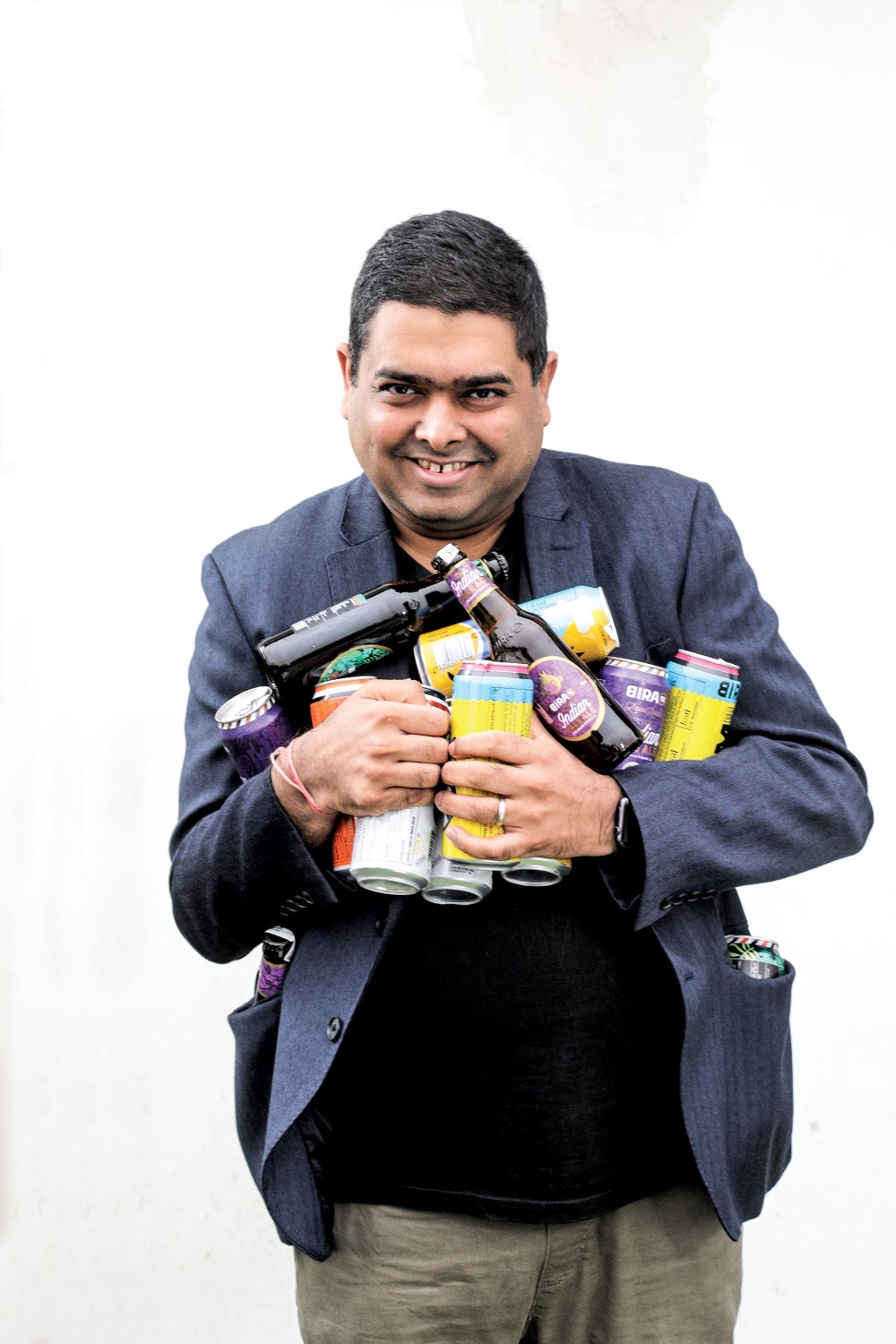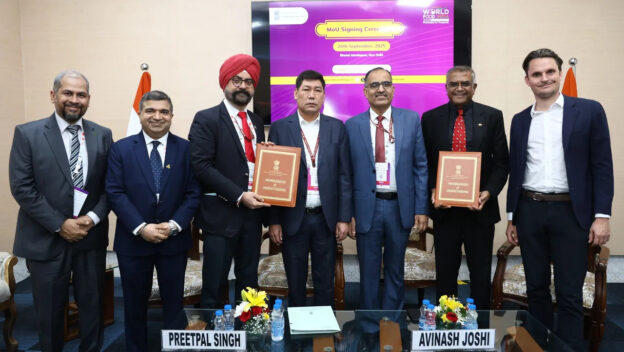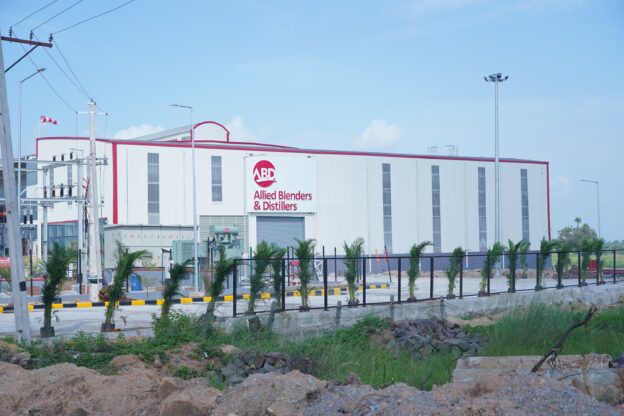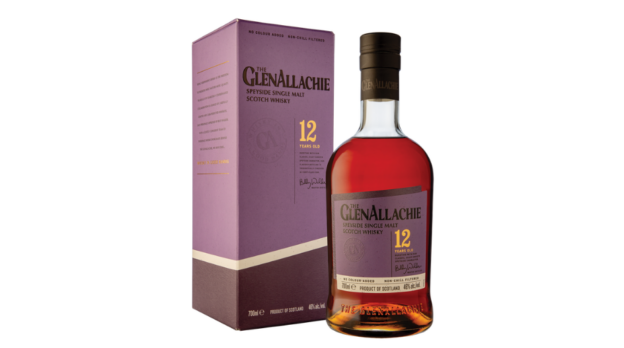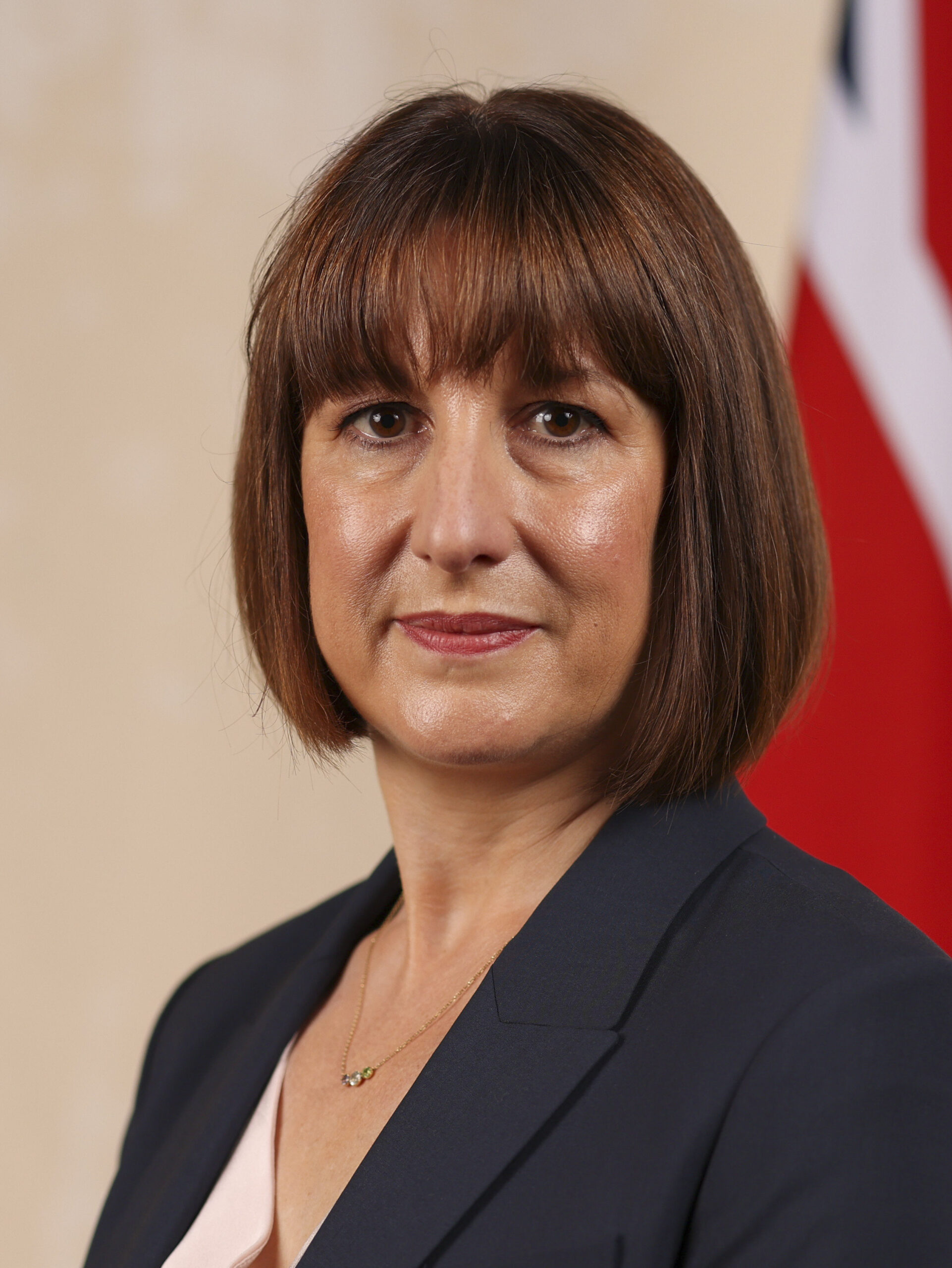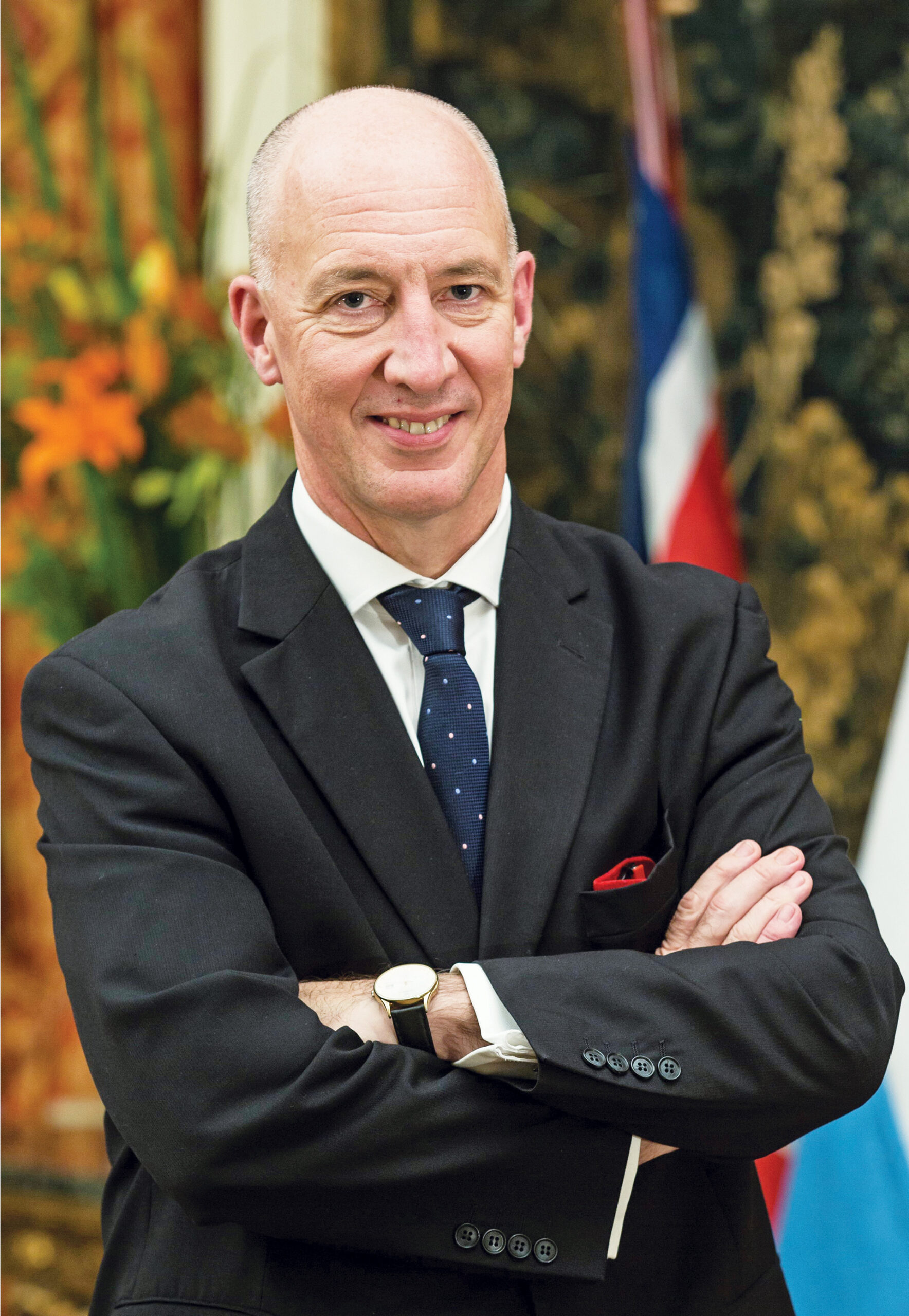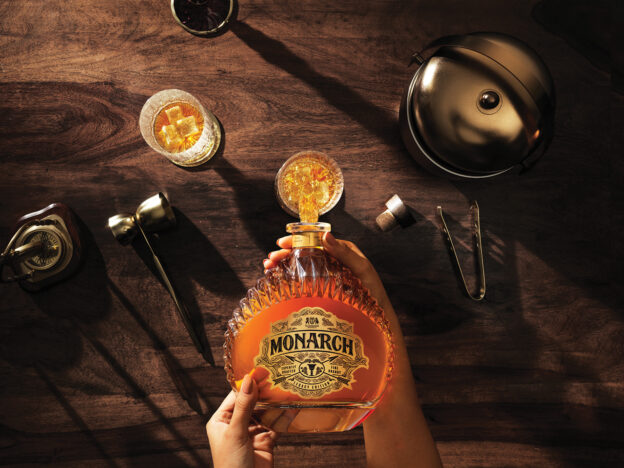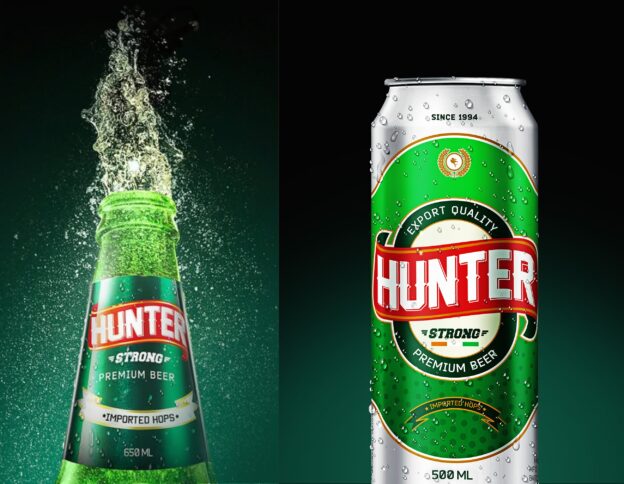- Launch marks entry into whisky for India’s largest brandy producer
- Seven Islands is an Indo-Scottish 100% Pure Malt Whisky, made with four distinct single malts
Tilaknagar Industries Ltd. (TI) has recently enterd into the premium whisky category with the launch of Seven Islands Pure Malt Whisky. Crafted from select Indian and Scottish malts, it is a distinct 100% pure malt expression.
The launch marks a significant strategic expansion for TI, best known for building India’s brandy market with icons like Mansion House and more recently, Monarch Legacy Edition, and comes on the heels of its announcement of the acquisition of Imperial Blue, the world’s third largest-selling whisky brand. With this, the 90-year-old company establishes whisky as its second major growth pillar alongside its long-standing leadership in brandy.
“India’s whisky story is evolving faster than ever, with growing consumer demand for premium and luxury expressions. Seven Islands marks TI’s entry into this dynamic category, bringing together Indian craftsmanship and global expertise to create a whisky that is both distinctly Indian and globally competitive. With whisky commanding over 60% of India’s spirits market, expanding into this category was the next natural step for us,” said Amit Dahanukar, Chairman and Managing Director, Tilaknagar Industries.
A New Style of Whisky
Seven Islands introduces a style that moves beyond the single-malt focus that has shaped recent conversations around Indian whisky. As a pure malt, it blends four single malts—two from India and two from Scotland, allowing it to draw unique characteristics from multiple distilleries, regions and maturation styles.
The Indian malts are sourced from the Himalayan foothills and the Vindhyan ranges, bringing the influence of high-altitude and tropical ageing. These are paired with malts from Speyside and the Lowlands, two of Scotland’s most recognised whisky regions. This Indo-Scottish duality creates a profile not possible through a single-region malt. With single malts driving recent premium growth, Seven Islands offers a new direction: a pure malt style shaped by two climates, two traditions, and a more complex blending philosophy.
A Tribute to Mumbai’s Seven Islands
Seven Islands takes its name from the archipelago of seven islands that once formed the city of Mumbai—the long-time home of Tilaknagar Industries and the backdrop to much of its growth. This connection is built into the bottle design. Two converging lines create the V-cut neck, hinting at the Indian and Scottish malts coming together, while fine cartographic lines reference the contours of the original islands. At the centre sits an anchor motif, a nod to Mumbai’s maritime heritage. The palette of sage, cream and gold keeps the design crisp, contemporary and quietly premium.
“Seven Islands reflects our vision for House of TI, our new vertical which includes our premium portfolio and investments arm. House of TI was created to shape our premium and craft-led portfolio, beginning with Monarch Legacy Edition. With Seven Islands, we wanted to bring a new perspective and style to Indian whisky. It felt like the right way to introduce something distinctive, and a meaningful step forward for us as we expand into the whisky category,” said Sanaya Dahanukar, Marketing Manager, Tilaknagar Industries.
The Whisky Opportunity in India
Whisky remains India’s most loved and aspirational spirits category, accounting for about 66% of total consumption in 2024 according to IWSR. By volume, Indian whisky grew 7% year-on-year in H1 2025, crossing 130 million cases and showing continued premiumisation. Exports are expanding as well, signalling rising global interest in Indian-made whiskies and premium expressions. For TI, a company that has built scale and expertise through long-standing leadership in brandy, the opportunity in whisky presents a clear and timely growth avenue.
Tasting notes:
- Colour: Natural, brilliant, golden yellow.
- Aroma: Smooth and inviting, with tropical fruits, dried nuts, and hints of French and American oak layered with Indian spice.
- Taste: Full-bodied and balanced, with sweet, dried fruits, soft spice, creamy texture, and a touch of smoke.
- Finish: Long, smooth, and warm, with lingering notes of oak, spice, and dried fruits.
Product Details:
- Size: 750 ml
- ABV: 42.8%
- Price & Availability: `5,200 (Maharashtra)

